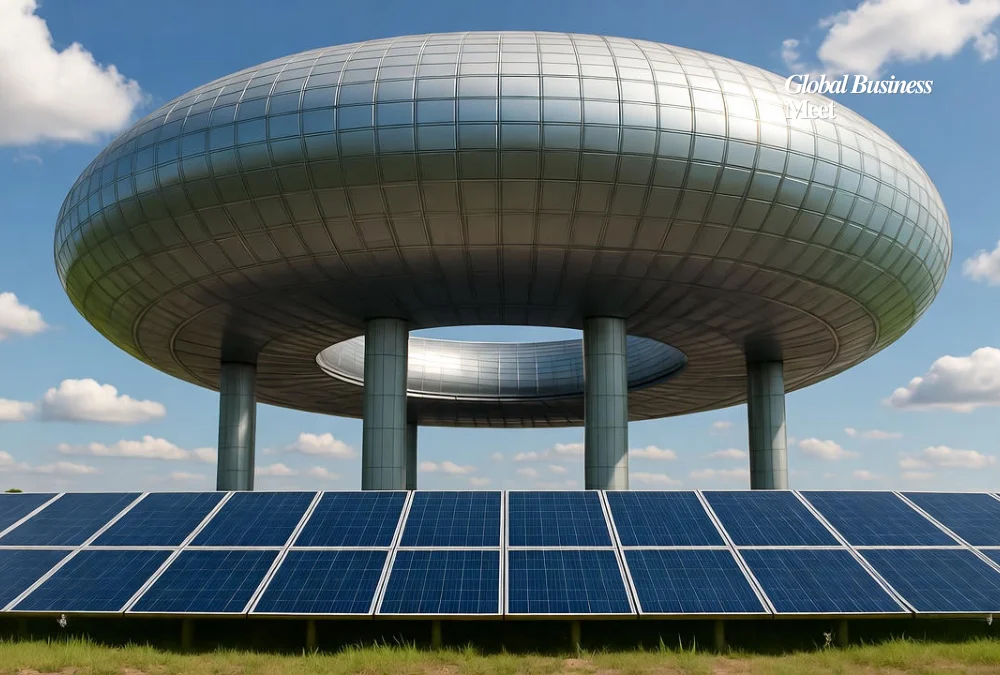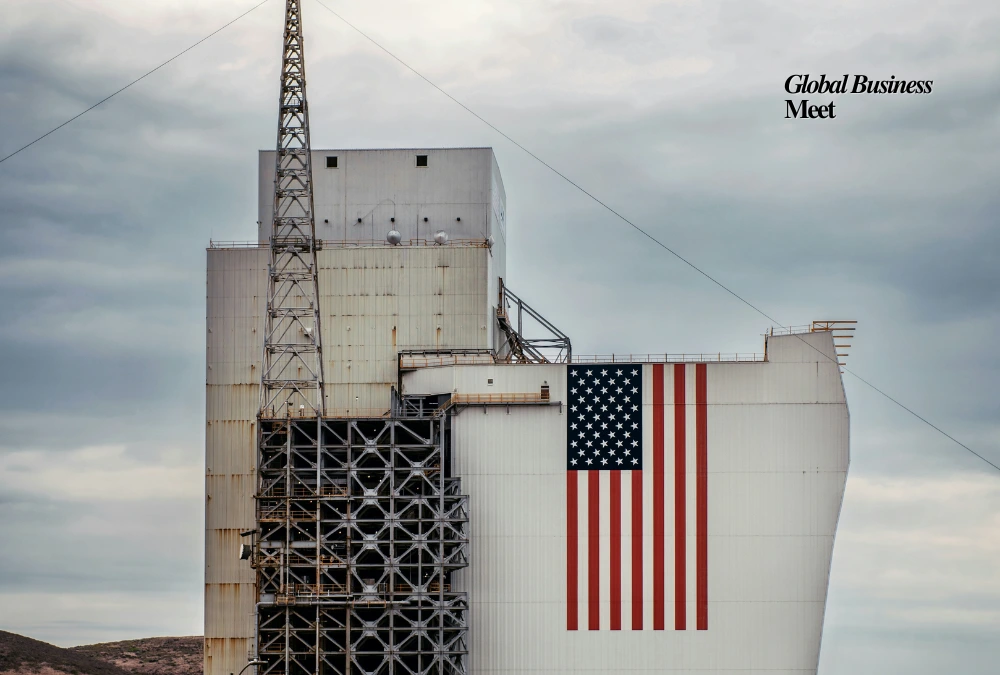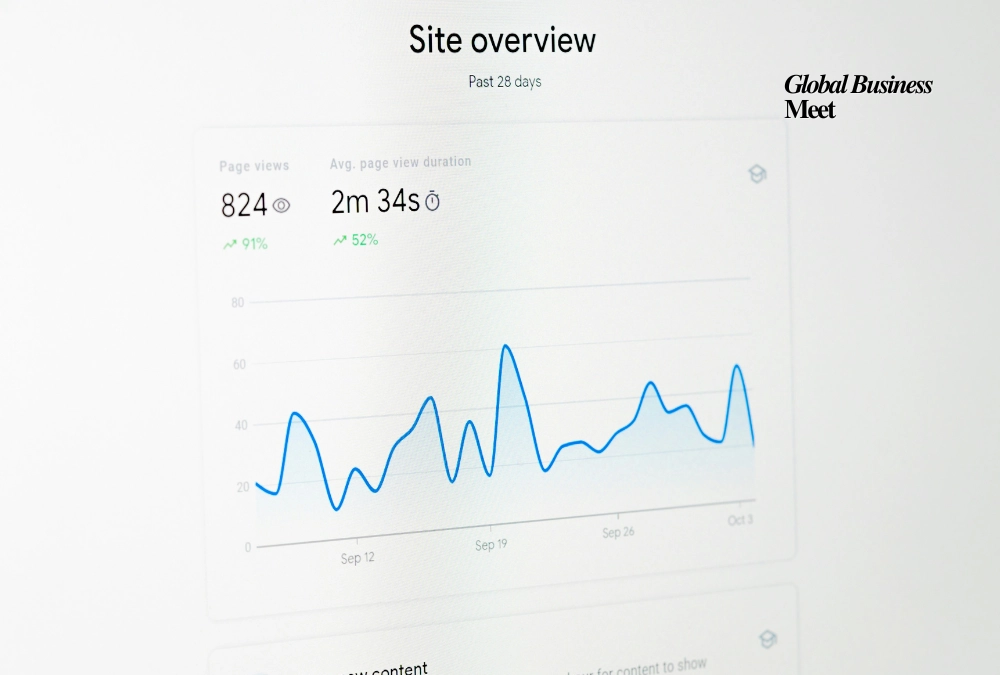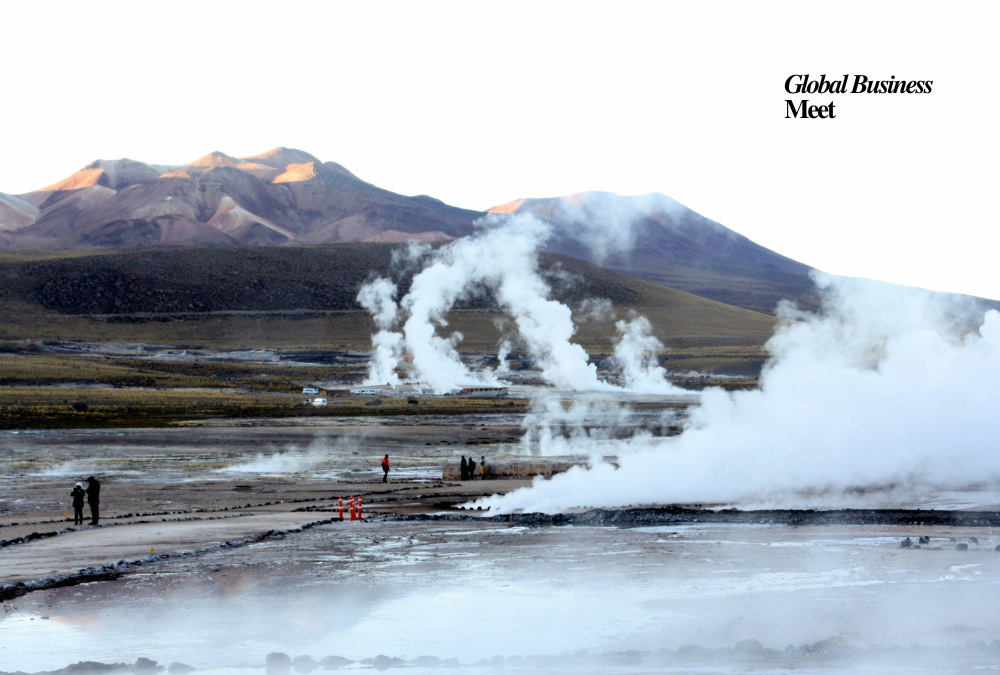
Amazon Web Services (AWS) has announced an epic A$20 billion (roughly 13 billion USD) plan to build out massive amounts of data center capacity in Australia during the next five years. The strategic decision, made publicized during the visit of Prime Minister Anthony Albanese to Amazon in the US (Seattle headquarters), is aimed at addressing increasing demand in the Australian market in relation to cloud services, artificial intelligence (AI) products, and other innovations capable of serving the pillar of its purpose and policy of changing the economy and energy sources to sustainable ones.
The investment is being deployed to develop new data center campuses in Sydney and Melbourne, which is created to deal with this sudden surge of compute intensive workloads spurred by generative AI, cloud computing, and government digital transformation programs. It is the biggest investment the company has made in Australia so far, a follow-up to earlier commitments in the country and part of a bigger movement where American tech giants are making huge bets on stable and secure locations with resilient and safe conditions in order to secure long-term growth in infrastructure.
Besides continuing to invest in data infrastructure, AWS is also investing a great deal in renewable energy. As an initiative, the company envisions putting up three new solar farms in the states of Victoria and Queensland. Together, these projects will make more than 170 megawatts (MW) of renewable power, as well as assisting with Amazon sustainability targets worldwide. All together, it currently has 11 renewable energy projects in Australia that are expected to produce more than 1.4 terawatt-hours (TWh) of clean electricity each year which is capable of serving hundreds of thousands of households.
Albanese said: The announcement was hailed by the PM who described it as a “solid display of confidence in the Australian digital future”. He underlined the anticipated economic and job creation expressing how the project will result in the creation of hundreds of construction, operations and technical-based opportunities and enhance local communities and the Australian reputation as a leader in the region, in terms of technology. The development would further strengthen the sovereign data management and assist in delivering classified clouds to the Australian government, augmenting even more collaboration among government authorities and AWS.
Such an investment is happening when technology firms are scurrying to roll out infrastructure to support the AI-powered age. The need to have data storage, data processing, and model training environments is also going through the roof, so cloud providers such as AWS, Microsoft, or Google are expanding on a global level. Australia is a geopolitically stable country with a solid renewable energy foundation and a transparent regulatory environment, which makes this country a good option to place a long-term infrastructure bet. Other AWS-related expansions of the same magnitude are multi-billion investments in Pennsylvania, Taiwan and North Carolina.
The other important aspect of the investment is the interest in sustainability by Amazon. Since there are growing environmental concerns on the massive consumption of energy that AI requires, Amazon is linking up its expansion to the available clean solutions of energy. It also has renewable energy and solar power projects, indicating its intention to create a more eco-friendly technological system-an act that has the potential of becoming an industry precedent.
The project is also slated to lead a tsunami of innovation in AI, machine learning, and quantum computing to give the researcher, startup and enterprise much more secure, scalable and faster cloud services. The ability to host sensitive data and AI workloads within Australia, reinforces the country with national sovereignty regarding its data regulations, and also ensures that it aligns with AWS as part of its compliance process.
As AWS starts building the new campuses and the renewable energy installations in the near future, the echo of this expenditure will spread over not only the Australian economy and energy grid but also the sphere of innovations in general. By 2014, the end of the decade is its goal, and the A$20 billion becomes the across-the-board project that signifies the remarkable occasion of the technology, sustainable trend, and national strategic alignment.




































































